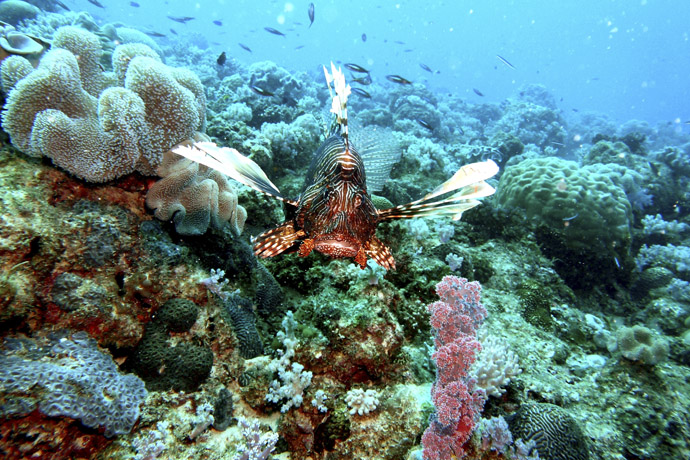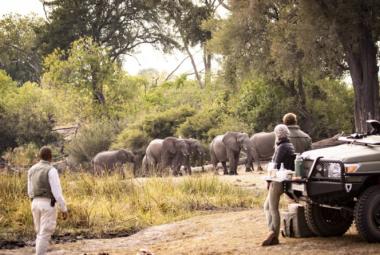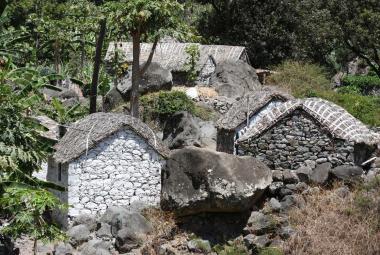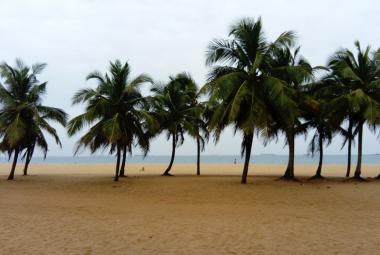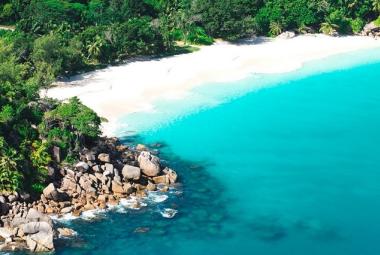Despite the climatic hazards of which it is a victim, Africa contains on its territory riches of incredible diversity and beauty. If only in the field of natural tourist attractions, they compete with each other. And sometimes in one and the same country. Among these, we can mention twenty (20) great Nature Destinations that are really worth the detour and deserve to be discovered.
11 – The Andasibe-Mantadia National Park of Madagascar

The Big Island as it is called, Madagascar, has many national parks, some as attractive as the others for the fauna and flora they abound in. The Andasibe-Mantadia National Park is one of these parks. It is considered the Rome of Nature Lovers who visit the largest island in Africa. Located in the East of the country, 140 km from Antananarivo and some 200 km from Tamatave. It is a favorite Destination for many visitors.
With its protected area of 16,310 hectares, it consists of two reserves, namely the Mantadia Reserve and the Analamazaotra Special Reserve. The Andasibe-Mantadia National Park is a rich biodiversity that offers visitors an impressive number of orchids. In total, up to 120 species with an endemicity rate of 100%. There is also a variety of water lilies and medicinal plants. On more than 1200 plant species, the endemicity rate is 77%. It is as much a paradise for endemic plants as it is for endemic animals.
Renowned in particular for the number of Lemurs that inhabit it, namely eleven (11) species, several birds are to be discovered. Between the Varika mena lemur, the Bamboo lemur or the Sifaka lemur, it is possible to meet the largest lemur in Madagascar, the Indri Indri also called the Babakoto without a tail from the top of its 75 cm.
Created in 1989, the park is home to two types of forests in particular. These are primary forests for the most part, i.e. 80% of the plant cover. It is supplemented by secondary forests for 13%.
12 – The Nyiragongo Crater in the Democratic Republic of Congo
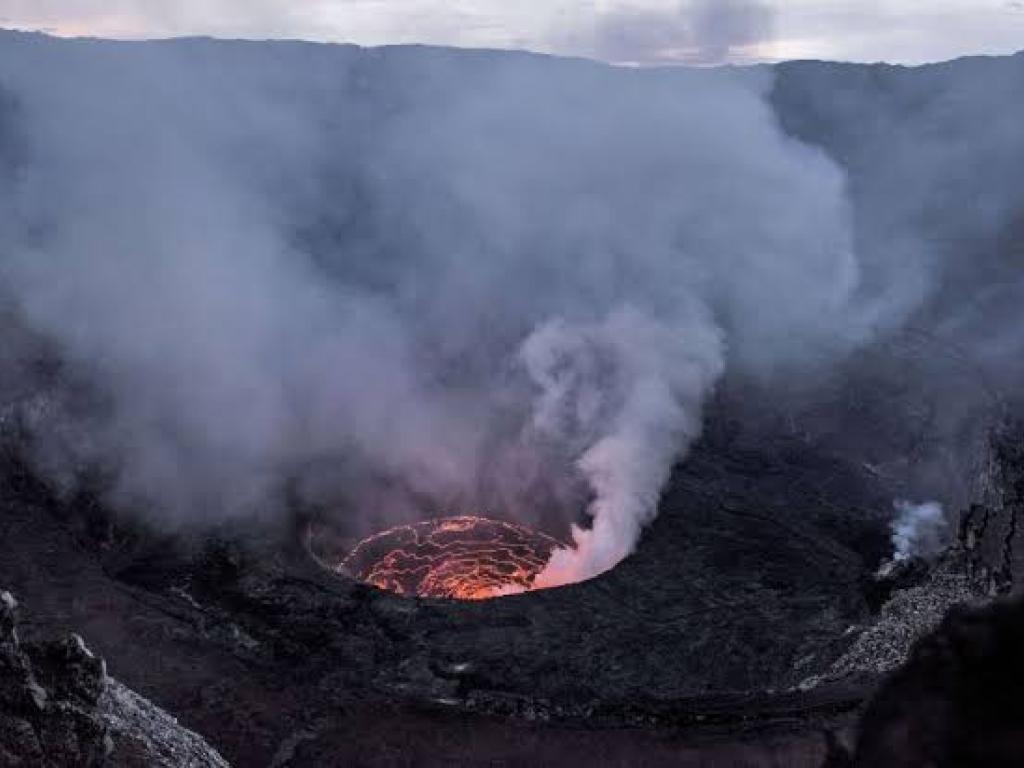
The Nyiragongo Crater or Nyiragongo, is one of the most active and dangerous volcanoes in Africa. Specialists call it a stratovolcano. It is located at the top of Mount Nyiragongo, which rises to 3,470 meters above sea level, in the Virunga mountains. Only about twenty kilometers North of the city of Goma and Lake Kivu, it is not far from the Rwandan border to the West. It is housed in the Great Rift Valley, in the East of the Democratic Republic of Congo.
Nyiragongo is a crater volcano about 1,200 meters in diameter. It is not only the most guarded and one of the most dangerous volcanoes in the world, it has the largest lake of molten lava in the world. If the presence of a lava lake is described as almost permanent, scientists indicate that it is an extremely rare phenomenon. And the speed by which the flows pour out are considered to be the fastest in the world. This true wonder of Nature despite its extreme danger is characterized by frequent explosions which are very spectacular.
Contemplating the largest molten lava lake in the world even at rest is already something very spectacular and grandiose for the visitor. It is the most important volcano of a group made up of many others, namely the Nyamulagira (3,063 m), Karisimbi (4,507 m), Mikeno (4,437 m), Sabyinyo (3,669 m) and Visoke volcanoes. (3,696 m) which are all on the borders of the DRC and Rwanda.
13 - Mount Nimba between Guinea, Liberia and Ivory Coast
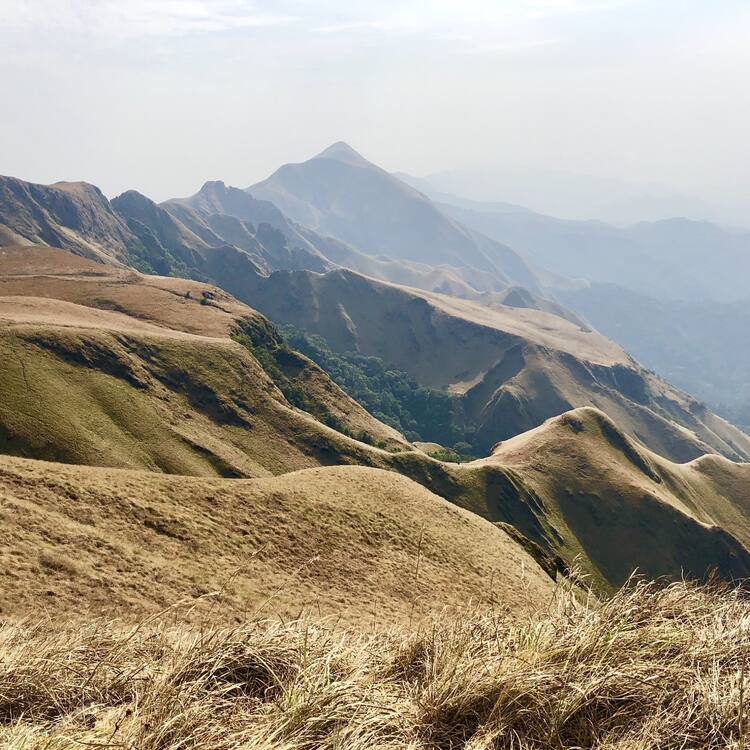
Between Guinea, Liberia and Ivory Coast, there is the famous Mount Nimba of West Africa. From the top of its 1,752 m altitude, it dominates the entire region. It is considered the last forest treasure in West Africa. Its dense forests are a refuge for many protected species such as chimpanzees or the Nimbaphrynoide toad. But the surrounding forests are also a real island of biodiversity.
According to some sources, the visitor can discover the most beautiful plants of the African continent. In that this region of the Gulf of Guinea still constitutes an area of exceptional ecological refuge.
Mount Nimba has great diversity all around. Not to mention that it is a real water tower for West Africa from which more than 50 rivers flow. What makes Guinea, water tower for West Africa. The Mount Nimba Strict Nature Reserve has been a UNESCO World Heritage Biosphere Reserve since 1981. World Heritage since 1981 for the Guinean part and 1982 for the part located in Côte d'Ivoire.
14 – The Namibian Desert or Namib Desert
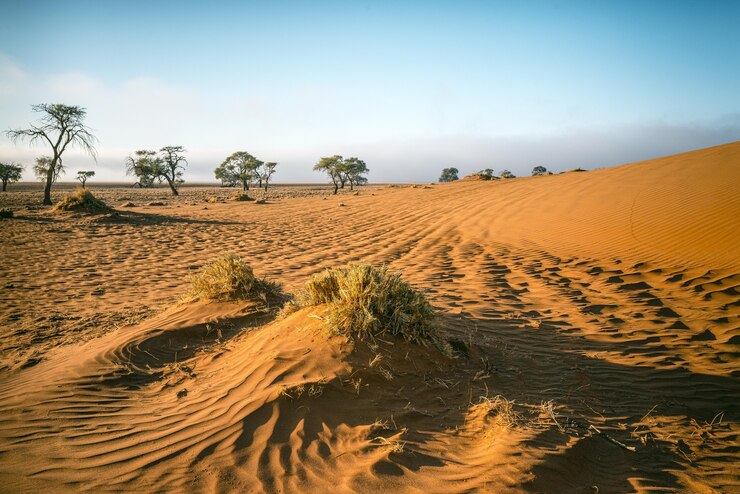
The Namibian Desert or Namib Desert is not only the oldest desert but also the desert with the highest sand dunes. It has an area of about 80,900 km2. Thanks to the humidity generated by the fog, this immense arid expanse, in principle hostile to all life, contains several animal species.
The Namib Desert which is located in the west of the country on the edge of the Atlantic Ocean is not to be confused with the equally majestic Kalahari Desert located in the same country, but which overflows over a large part of Botswana and expands into South Africa. The Namibian Desert or Namib Desert which is located in Namibia is especially famous for the many Safaris that it allows those who visit it to do. With its sublime landscapes, the Namib-Naukluft Park is considered a must for life-size Nature lovers. You can discover it in a 4x4 vehicle or fly over it in a hot air balloon. It stretches for more than 1,500 kilometers along the coast. And it was he who gave his name to the country: Namibia.
15 – Diving under the sea in Mauritius
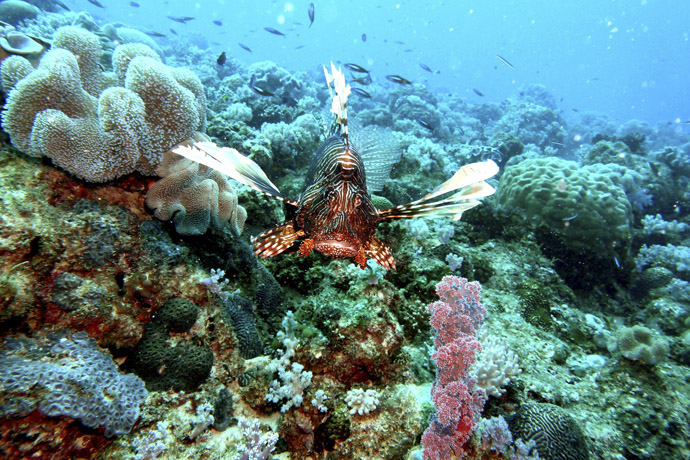
Mauritius is one of the most popular Destinations in Africa for several reasons. Scuba diving is one of his reasons. Enthusiasts can indulge their passion all year round, but it is recommended to choose the best period which extends from October to March.
The island is full of marine biodiversity that attracts many tourists beyond the beaches or idleness. Between diving with flippers, mask and snorkel, you can admire a diversity of species of tropical fish: angelfish, surgeonfish, mullets, moray eels, stonefish, scorpionfish, groupers, etc. Or go in search of wrecks or corals. The development of diving centers makes the country a specialized Destination off the beaten track of traditional tourism. It is no coincidence that the Mauritian authorities pay special attention to scuba divers by encouraging them to practice their activities.
There are more than 100 scuba diving sites around the coasts of Mauritius. And there is something for everyone, both on the large islands and the smaller ones and with a wide range of lagoons.
By Serge Félix N'Piénikoua



